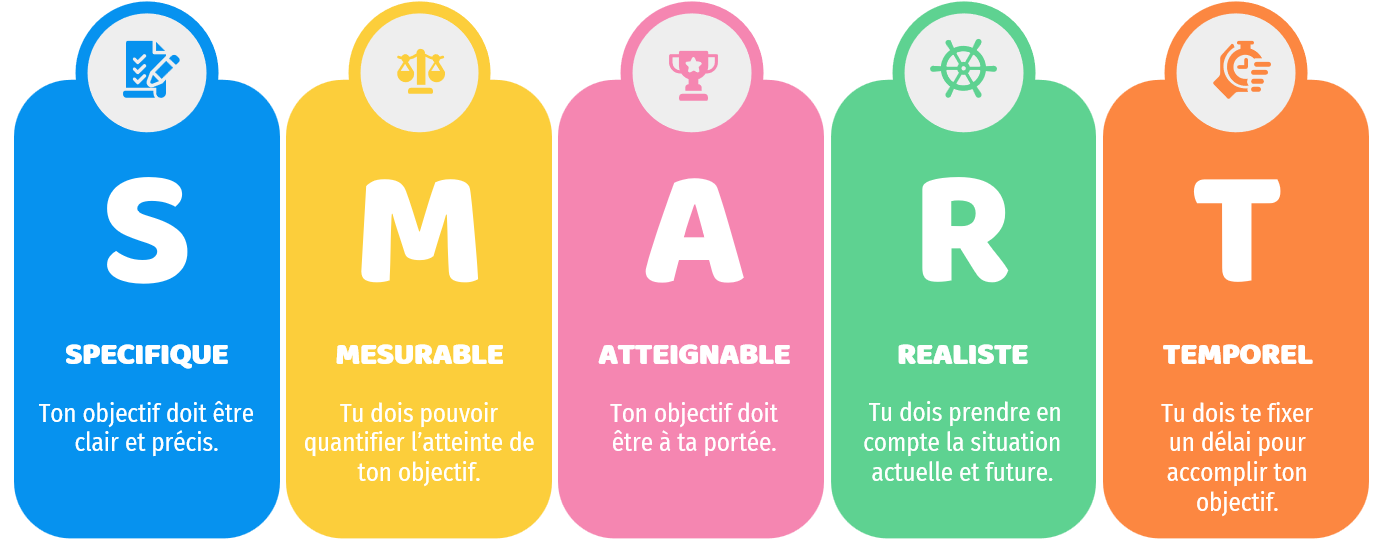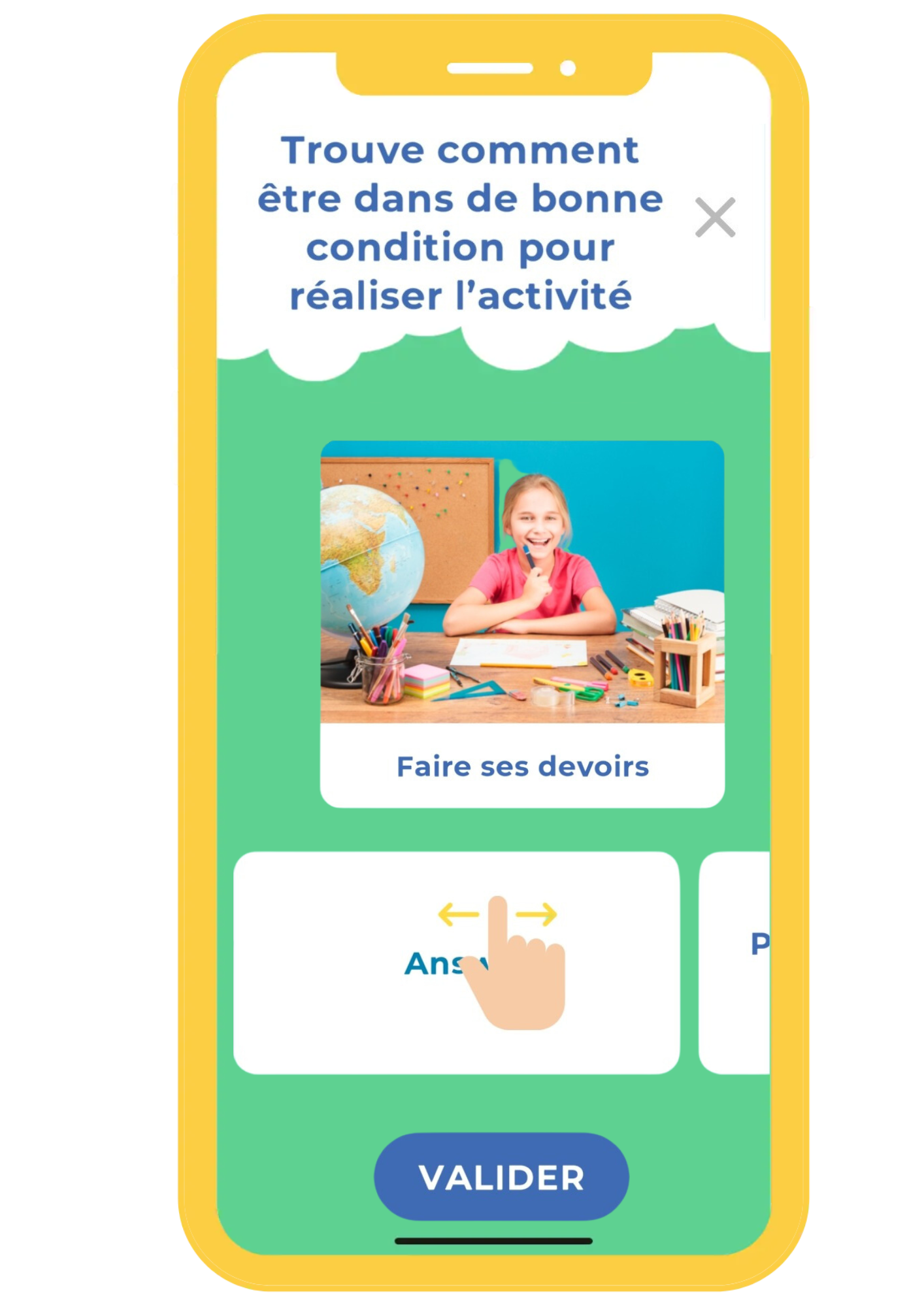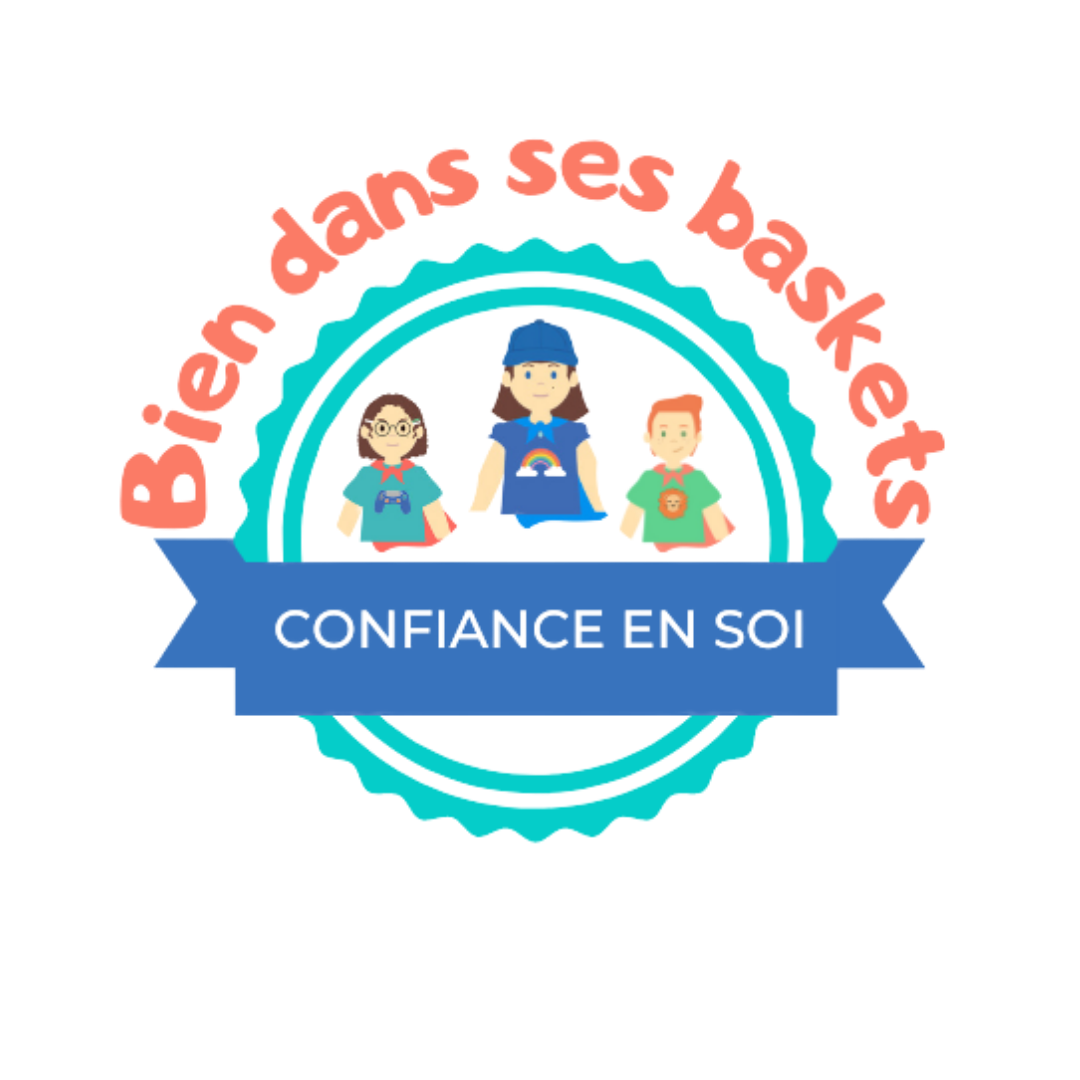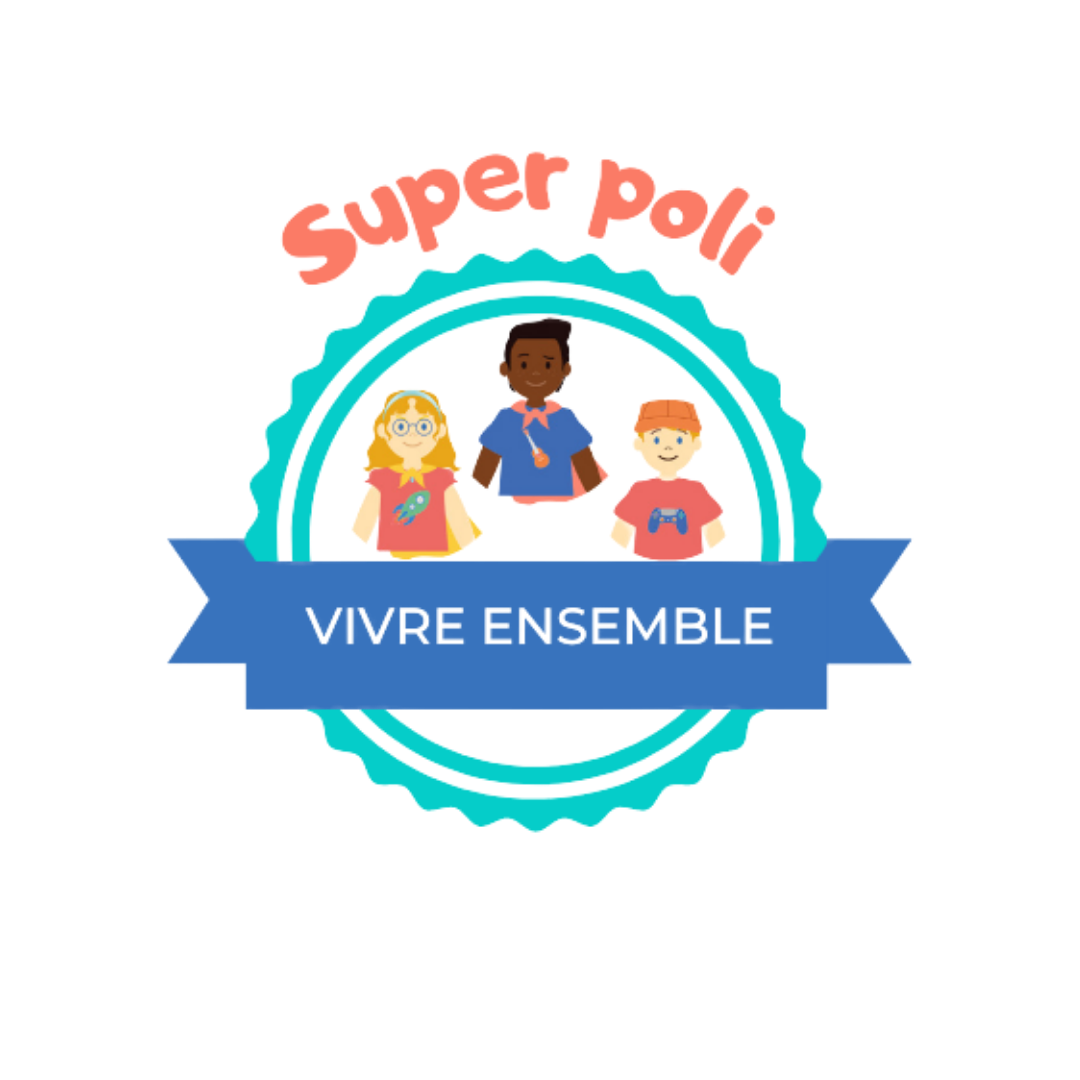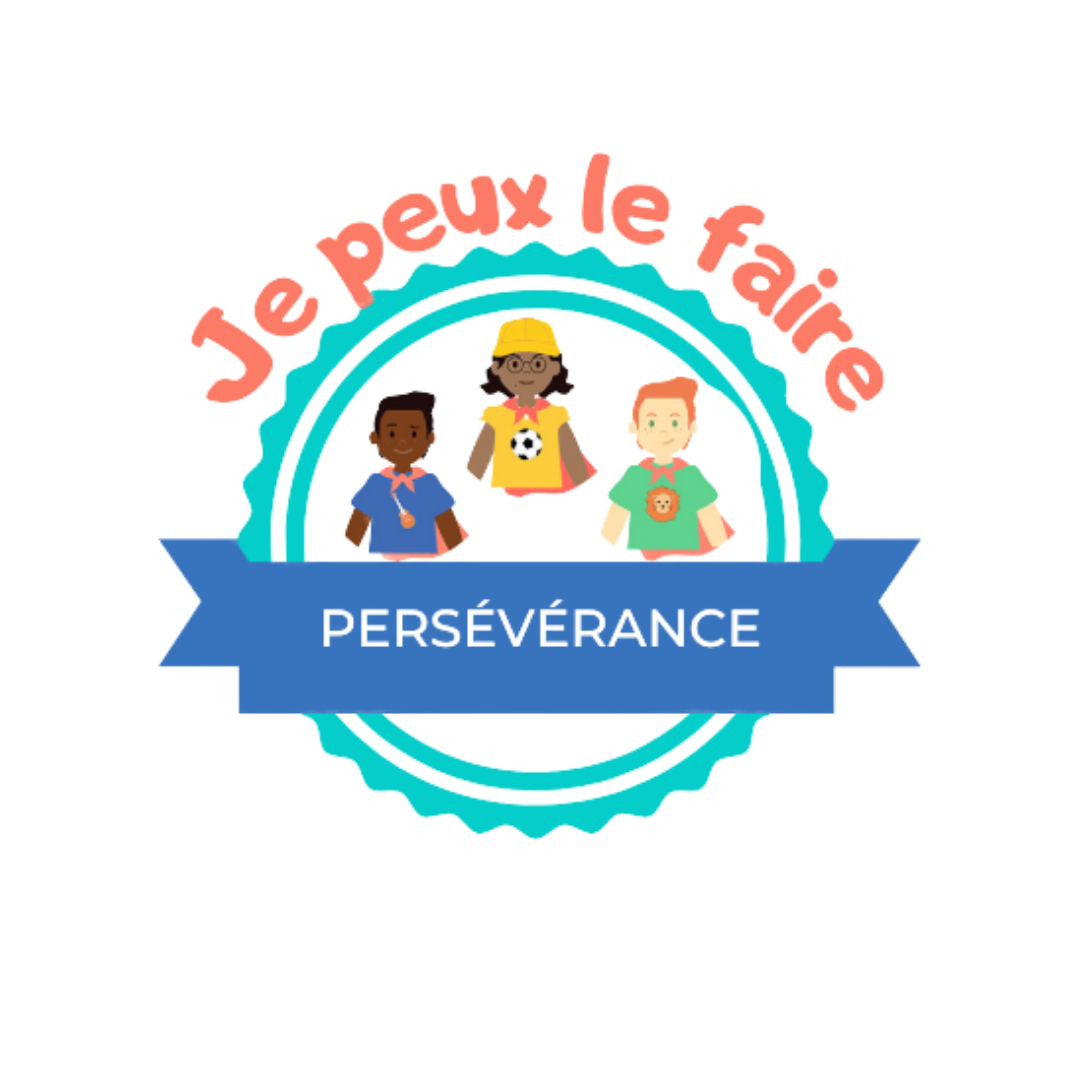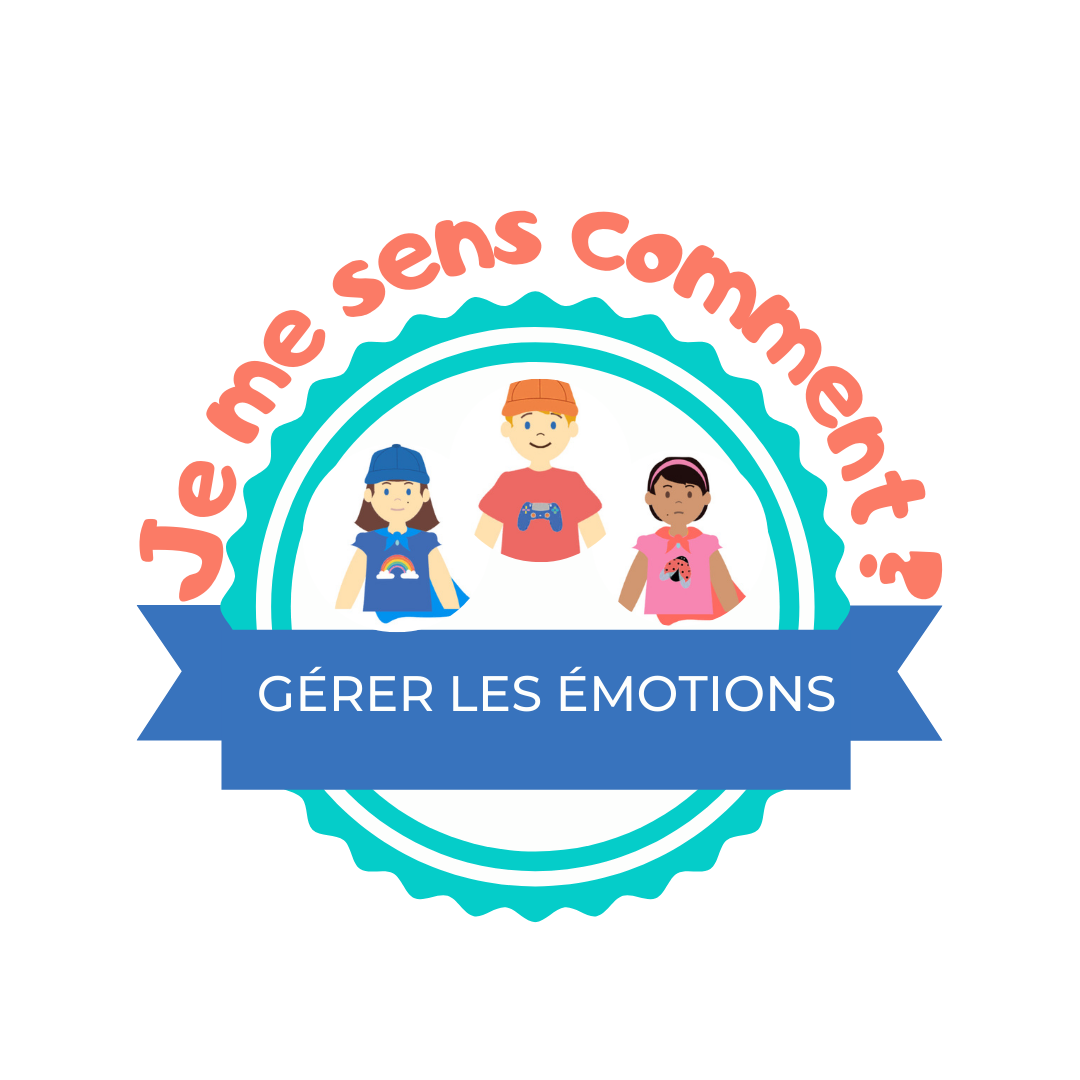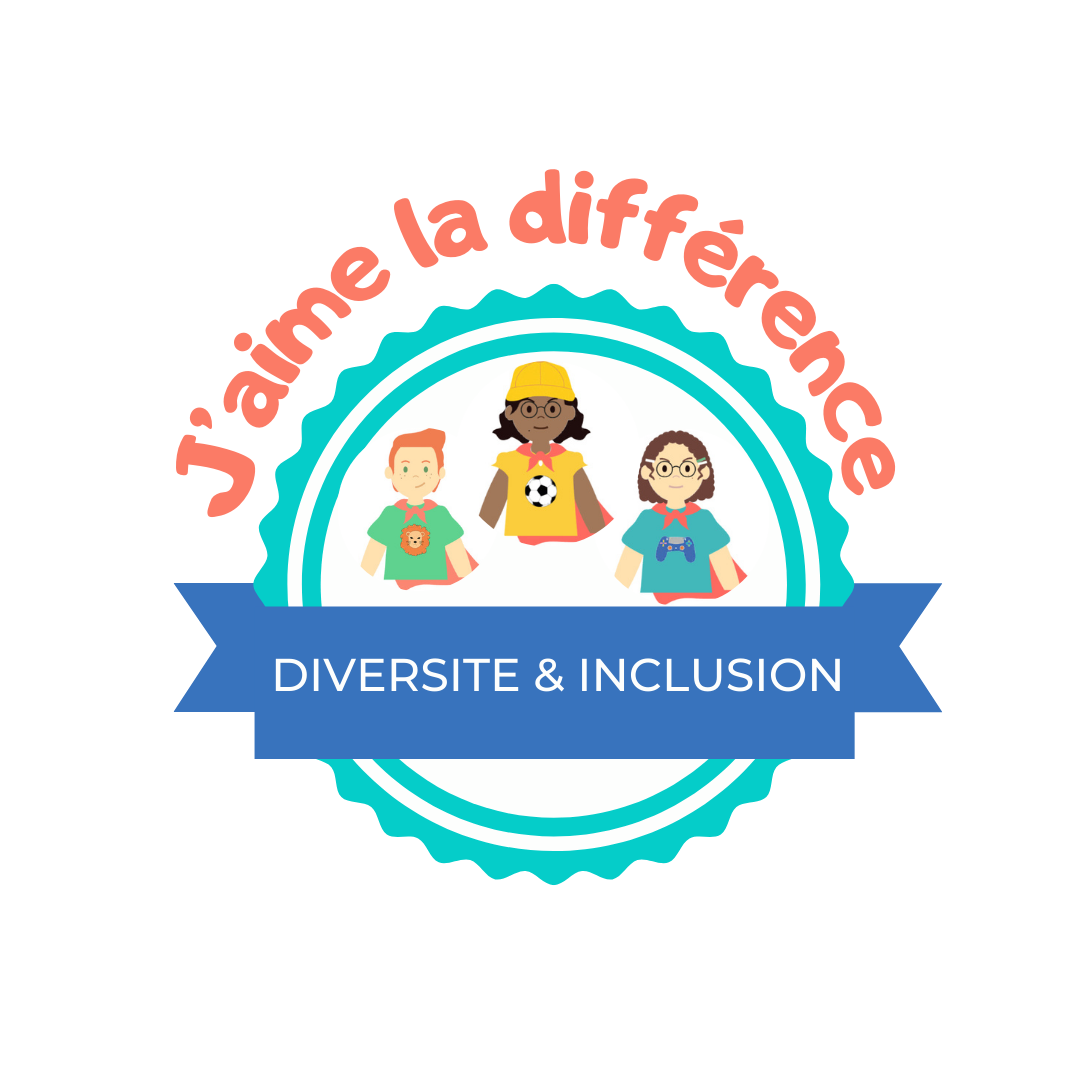Perseverance PROGRAM
Everyone needs perseverance, whether to accomplish complex tasks, complete a project without getting discouraged, be confident in new situations, or maintain motivation after a failure.
Fortunately, like all psycho-social skills, perseverance is not innate, and there are methods to cultivate it!
AVOIR DU CRAN
Grit is defined as the ability to persevere in achieving difficult but attainable goals, despite potential failure (Ducworth et al., 2007).

Obviously, this capacity for perseverance is very useful for success, whether in school or elsewhere!
But research has gone further, showing that students with grit are generally happier and healthier both physically and mentally (Credé et al., 2017).
What do the national education programs say?
The notion of perseverance is present in the programs through that of the project: "implementing a project" "managing a project" "the project approach".

OUR program objectives
- Become aware of the universality of perseverance and the emotions associated with it.
- Know how to define a specific objective and how to organize and plan to achieve it.
- Adopt a positive frame of mind to maintain motivation
The perseverance program in detail
Session 1 First, the class defines the notion of perseverance with a swipe game. Next, a labyrinth describes the emotions linked to perseverance in everyday situations. Finally, the story of the bamboo, or a shared experience, highlights the value of patience and tenacity, showing that they always pay off in the end.
Session 2 : Through games on the tablet, students discover the essential elements for promoting perseverance: defining a precise objective, preparing materials, planning steps. In a second session, they work together to create methodological posters using the small steps technique.
Session 3: The aim of this session is to discover techniques for maintaining motivation and continuing efforts in the event of difficulty: visualizing the end result, encouraging oneself, celebrating past successes. Each participant then creates his or her own tree of success using plastic arts.
Session 4 : Finally, students take stock of what they've learned about perseverance, and complete a worksheet summarizing the key points to remember.
Our edutainment approach
Our approach combines independent games on tablet/computer and classroom activities.
Why use digital technology to work on CPS?
A variety of games enable students to reflect on themselves and discover best practices in concrete, everyday situations.
Ergonomics and easy-to-understand instructions encourage intuitive use by students: sorting games, drag & drop, MCQs, mazes, sophrology, etc.
Then a class activity is proposed. This could be, for example :
> a collective exchange or debate to develop opinions
> a role-playing game to put into practice what has been learned
> a small-group activity to consolidate what has been learned and learn to collaborate
> an artistic activity to develop creativity
> an activity to formalize what has been learned, such as application exercises or the creation of a written record.
A turnkey tool
In your teacher interface, you will have access to all the resources you need to implement the session:
- student tracking charts,
- step-by-step teaching guides for easy-to-use sessions,
- student materials to be projected or photocopied,
- instructions for use,
- a proposed annual progression and references to official programs.
To sum up:
The PERSÉVÉRANCE program will help your students to regulate their motivation and maintain their efforts in the face of difficulties. As a result, they will increase their chances of success and develop better self-esteem.
